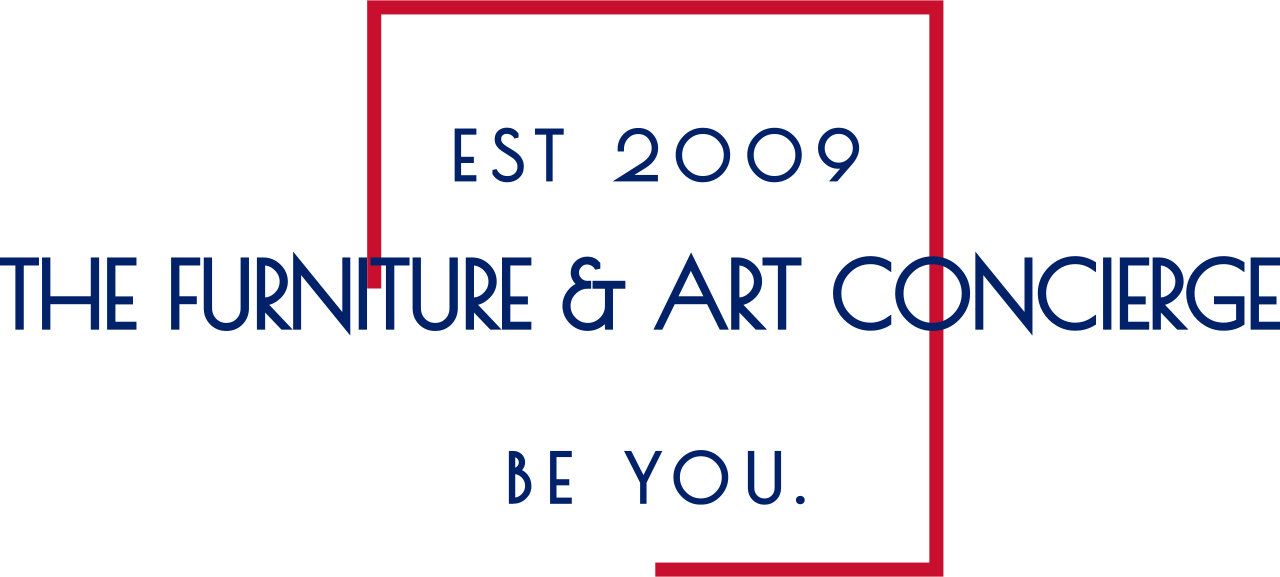Your design, your client's style. By Elliot J. Nitkin
o you have clients that want to look upwardly mobile? Buy an Eams chair. The chair has an unabated cult following, especially, apparently, among men. In part it’s because of “Mad Men”. But it is also because longevity of construction and design is now valued by consumers. People have been stuck at home for two years, quality now makes sense. Megan Buerger notes in a recent Washington Post article, the Eams chair has the cache of a Ferrari. So if you are going to move up from “Ikea” why not buy the “Ferrari” of chairs? Isn’t that the point of trading up? And an Eams chair is so good on gas too. (Read the article >) This chair, like all design elements is not the only potential option. The designer’s challenge How do you meet a client’s nuanced needs before installation? In “Sleepless in Seattle” Tom Hank's character complains that his client wants the cabinets that are on one side of the kitchen to be on the other ... and can't understand why that is a problem. It takes billable hours to research nuance: exposed legs vs. fabric covered legs, low square wood legs vs. exposed metal legs, patterned pillows vs. plain, thicker arms vs. thinner arms, rounded arms vs. squared arms. How do you want the lighting to look? Which rug design, from the multitude of available designs, are you going to choose? The answer: efficient indexing. Why go back to suppliers and websites to generate options for a multitude of small client driven changes? When I went to university, a designer’s library was a large bookcase with binders. Placing catalogues side by side was productive to see pictures. Isn't this easier? All six of these chairs are from different suppliers and all have different qualities to consider, even the two round red chairs. Now you can compare several companies on a playing field made level for small suppliers, that must distinguish themselves by quality. Benefit from their expertise. |




